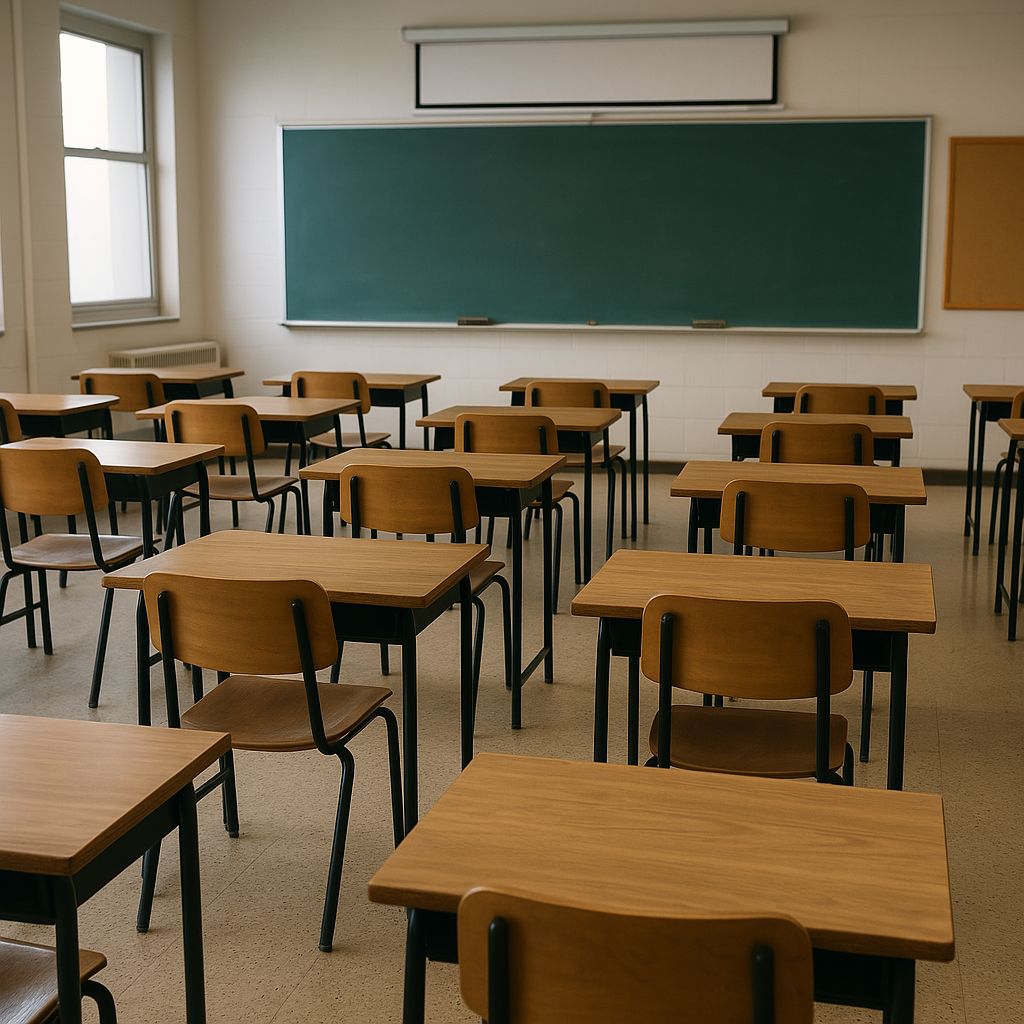
In a parallel world, the ongoing debate surrounding critical race theory has escalated into a full-blown constitutional crisis. The “Parents’ Rights in Education Act,” a sweeping federal law passed last year, has effectively banned the teaching of any material deemed to promote “divisive concepts” in public schools and universities across the nation. The definition of “divisive concepts,” however, remains incredibly vague and subject to wildly varying interpretations, leading to a climate of fear and self-censorship among educators.
This vagueness has been exploited by various state-level initiatives, each interpreting the federal act to suit their specific political agendas. In Texas, for instance, any mention of systemic racism in historical contexts is considered a violation, while in California, discussions of inequality related to socioeconomic status are under similar scrutiny. The result has been a patchwork of educational policies, with some states effectively erasing uncomfortable aspects of American history from their curricula and others engaging in what many critics are calling “historical whitewashing.”
The legal challenges have been relentless. Dozens of lawsuits have been filed, arguing that the act violates the First Amendment’s guarantees of free speech and academic freedom. The Supreme Court, now heavily tilted toward a conservative majority, has so far upheld the law in a series of fragmented decisions, each offering a narrow interpretation that leaves significant room for further legal battles. These rulings have been met with massive protests across the country, with educators, students, and civil rights organizations uniting in defiance.
Meanwhile, the economic ramifications of the act are becoming increasingly apparent. Several universities, particularly those with strong humanities and social sciences departments, are facing serious budget cuts due to decreased enrollment and philanthropic donations. Many prospective students are opting for institutions outside the country, fearing a compromised education and a stifling academic environment. Faculty members, increasingly concerned about their job security and freedom of expression, are leaving their positions in droves, creating a significant shortage of qualified educators across the nation.
The political polarization surrounding the issue has intensified, further dividing an already fractured nation. The ruling party, emboldened by its success in passing the act, is pushing for even stricter measures, proposing legislation that would extend the restrictions to private schools and even regulate the content of educational materials available online. The opposition party, meanwhile, is struggling to find a unified strategy, with internal disagreements hindering their ability to mount an effective challenge.
The media landscape has also been drastically altered. News outlets are increasingly aligning themselves with either the proponents or opponents of the act, resulting in a highly fragmented and often unreliable news cycle. Independent journalists attempting to report objectively on the crisis often face intense pressure, ranging from financial constraints to outright threats and intimidation. Social media platforms, already grappling with the spread of misinformation, are becoming even more volatile, with the debate escalating into personal attacks and online harassment.
The implications extend beyond education. The suppression of open dialogue and critical thinking is impacting other sectors of society. Public discourse is becoming increasingly polarized, with any deviation from the dominant narrative swiftly condemned. Artistic expression is becoming self-censored, with artists and writers reluctant to create work that might be interpreted as politically controversial.
The erosion of trust in institutions is profound. Public confidence in the government, the judiciary, and educational institutions is at an all-time low. Many citizens are feeling disillusioned and alienated, leading to increased social unrest and a growing sense of political apathy.
Efforts to find common ground and foster dialogue have been largely unsuccessful. Attempts at bipartisan compromise have been thwarted by the deeply entrenched partisan positions. Several organizations dedicated to promoting civic engagement and cross-political dialogue have been forced to shut down due to lack of funding and public support.
This demonstrates a potential future shaped by unchecked political polarization and the erosion of fundamental rights. The ongoing constitutional crisis surrounding the “Parents’ Rights in Education Act” serves as a stark warning about the fragility of democratic institutions and the importance of preserving open dialogue and critical thinking in a free society. The long-term consequences of this sweeping legislation remain uncertain, but the immediate impact is undeniable: a nation deeply divided, an educational system in crisis, and a future shrouded in uncertainty. The fight for academic freedom, for the preservation of history, and for the very soul of education, continues, but the outcome remains precarious. The shadow of this parallel reality hangs heavy over the present, serving as a cautionary tale of what could be, if the current trajectory persists. The battle for the hearts and minds of future generations is far from over.